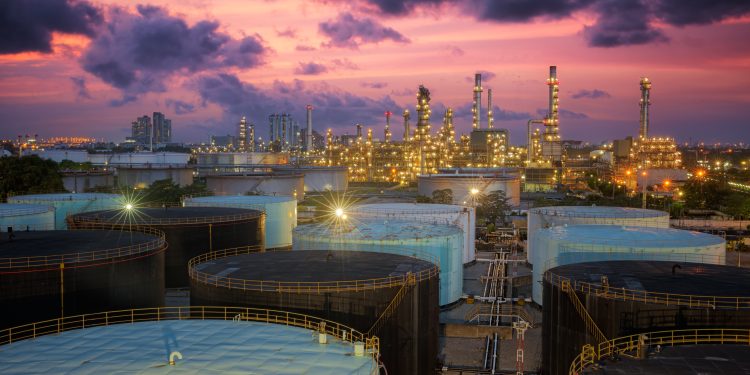The industrial landscape of Saudi Arabia experienced a nuanced start to the year, as evidenced by the latest figures released on the country’s Industrial Production Index (IPI). In January, the IPI inched up by 0.3 percent, supported primarily by a slight uptick in mining and quarrying operations, according to the nation’s statistical authority.
Comparing month-on-month data, the manufacturing sector witnessed a 1.1 percent boost from December 2023, while mining and quarrying activities experienced a modest 0.1 percent growth. A significant contributor to the manufacturing sector’s expansion was the 1.7 percent increase in the output of coke and refined petroleum products.
Additionally, the report highlighted a 1 percent rise in activities associated with water supply, sewage, waste management, and remediation in the same period. In contrast, supply services for electricity, gas, steam, and air conditioning saw a significant 9.6 percent decline when compared to December 2023.
The IPI is a vital economic metric that captures the relative shifts in the volume of industrial production, derived from comprehensive production surveys.
Despite the monthly gains, year-on-year analysis unveiled a notable 8.8 percent drop in Saudi Arabia’s IPI for January 2024, relative to the same month in the preceding year. This decline coincides with the nation’s strategic move to reduce its oil production levels to 8.9 million barrels daily.
The annual comparison revealed a stark 14.3 percent downturn in mining and quarrying activities in January 2024, compared to the previous year. Given the relative importance of mining and quarrying activity, which amounted to 61.4 percent of the index weight, the trend of the industrial production index in the mining and quarrying sector dominates the trend in the general IPI,
the authority explained.
On a brighter note, a slight 0.1 percent year-on-year increase in manufacturing activities was recorded in January, bolstered by a 1.7 percent rise in the production of chemicals and chemical products. Other noteworthy advancements included a 7.7 percent uptick in the manufacturing of paper and paper products, and a 5.4 percent escalation in electrical device production.
However, not all sectors fared equally; the production of coke and refined petroleum products declined by 4.7 percent on a year-on-year basis, and the food products manufacturing sector saw an 8.2 percent reduction in output during the same timeframe.


